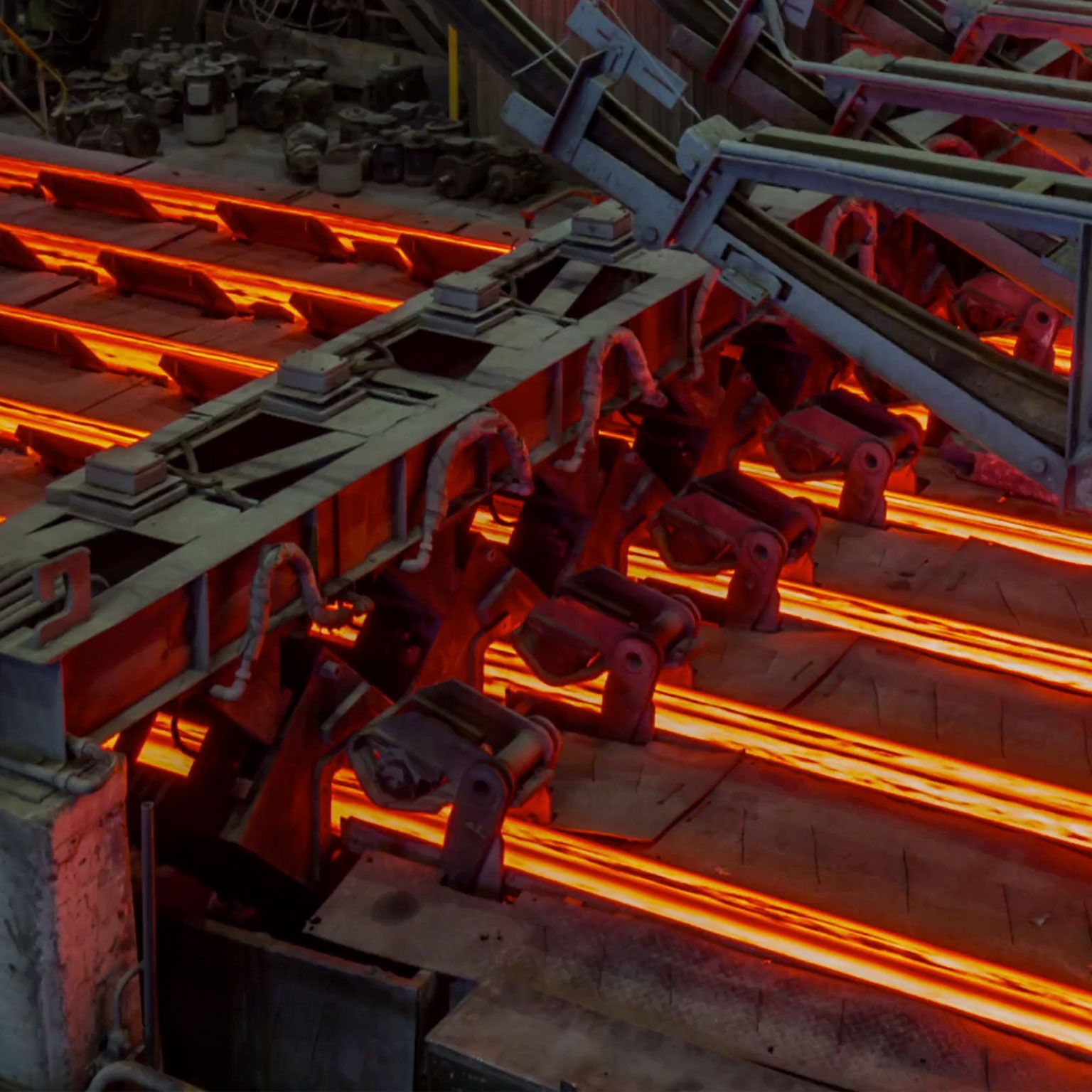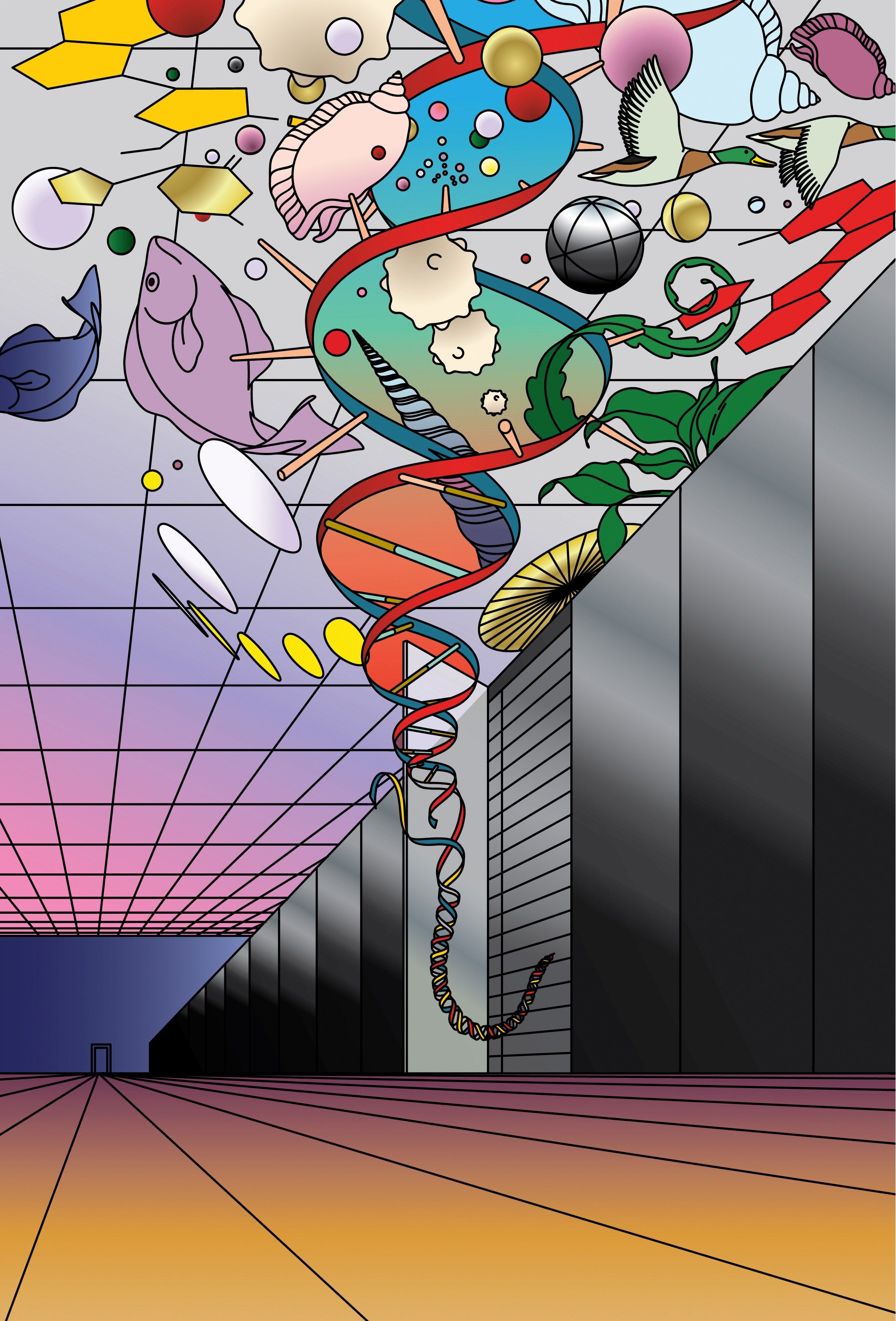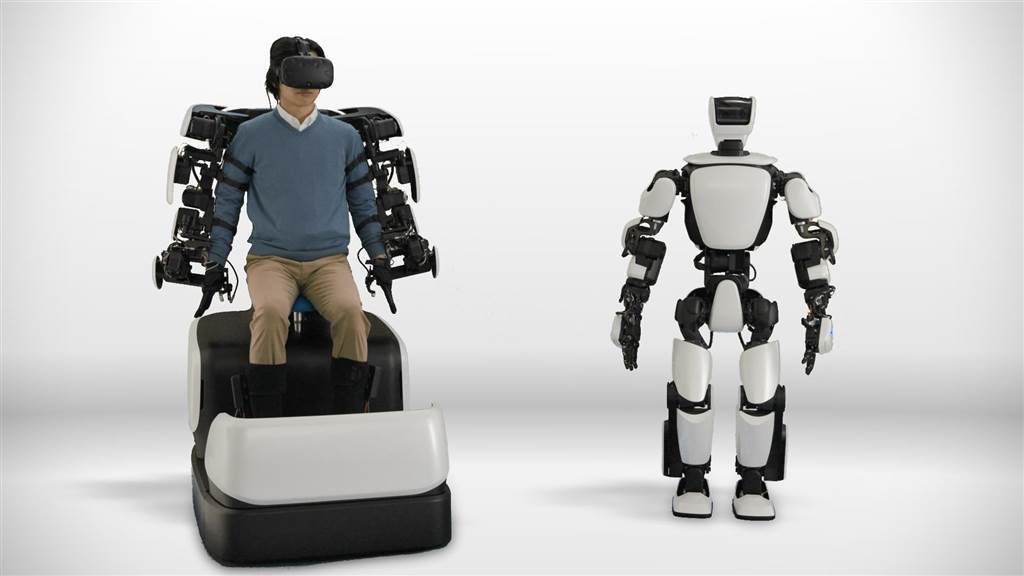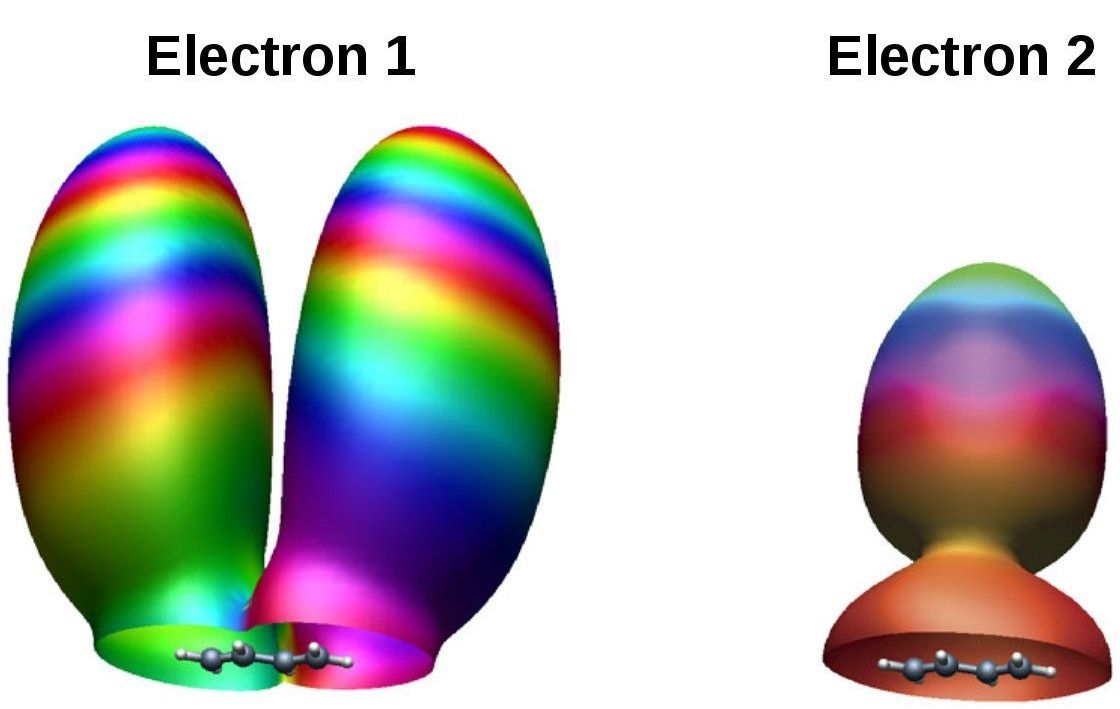Artificial intelligence has the potential to create trillions of dollars of value across the economy—if business leaders work to understand what AI can and cannot do.
In this episode of the McKinsey Podcast, McKinsey Global Institute partner Michael Chui and MGI chairman and director James Manyika speak with McKinsey Publishing’s David Schwartz about the cutting edge of artificial intelligence.
David Schwartz: Hello, and welcome to the McKinsey Podcast. I’m David Schwartz with McKinsey Publishing. Today, we’re going to be journeying to the frontiers of artificial intelligence. We’ll touch on what AI’s impact could be across multiple industries and functions. We’ll also explore limitations that, at least for now, stand in the way.









